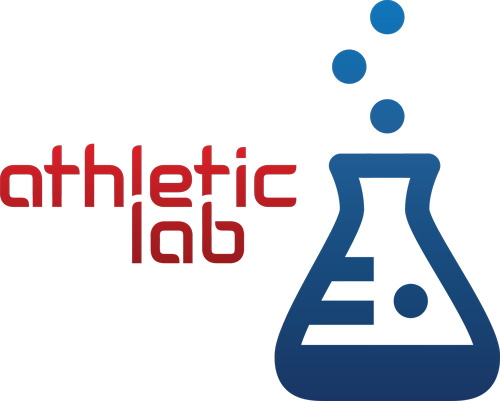Walker Cruikshank, CSCS- Sports Performance Specialist at APC Cary
Anyone who is consistently physically active knows that either pain or injuries are bound to occur at some point. More severe injuries such as ACL tears or Achilles tendon ruptures can take half a year to a year, or in some cases even longer. These rehab processes take a long time and require individuals to re-learn even the most basic movements that may have been taken for granted previously. Knowing when an athlete is ready to jump back into their sport is a difficult call to make, especially if they are returning to a highly competitive environment. Traditionally, functional testing is done to evaluate an athletes’ strength, power, and body control capacities. These tests may include a functional movement screen (FMS), a Y-Balance Test, and a hop test. Having passing scores for all of these are important, but there are some additional factors that need to be considered before returning to competition.
- Movement Quality – the previously noted tests are very good at quantifying how much strength and stability are needed as a baseline, and how the right and left side of the body compare. This doesn’t necessarily take quality into account. For example, being able to properly hinge at your hips when you are jumping, landing, decelerating, and changing direction is critical to disperse forces evenly throughout your entire body and take stress off of your knees and ankles as much as possible.
- Unpredictable stimuli – most sports are conducted in an open environment where the athletes are reacting to other people or implements and then have to make split second decisions. It is not uncommon to see people moving well in a pre-rehearsed, predictable manner usually seen in most rehab protocols. When unpredictability is then added sometimes movement quality can break down or become inconsistent. The use of time pressure and perturbations should be added into the process at the appropriate time.
- Confidence/Mental Resiliency – going through a major injury can be a very stressful process. In addition to the physical stress that your body must go through, it can also be very psychologically taxing. When non-contact injuries occur an athlete may be hesitant to repeat a similar movement that caused the original injury even though the body has healed and strength has returned to normal. Breaking through these barriers can take time, patience, and may require a progressive approach.
About the Author:
Walker graduated from East Carolina University in 2014 with degree
in Kinesiology. He is a certified strength and conditioning specialist (CSCS) through the NCSA and is EXOS Performance Specialist Certified.
After graduating from ECU, Walker did internships with EXOS and has 3 years of experience in Sports Performance and Post Rehab Performance training in an Orthopaedic setting.
Areas of interest:
- Injury prevention
- Optimizing movement
- Strength and power development









